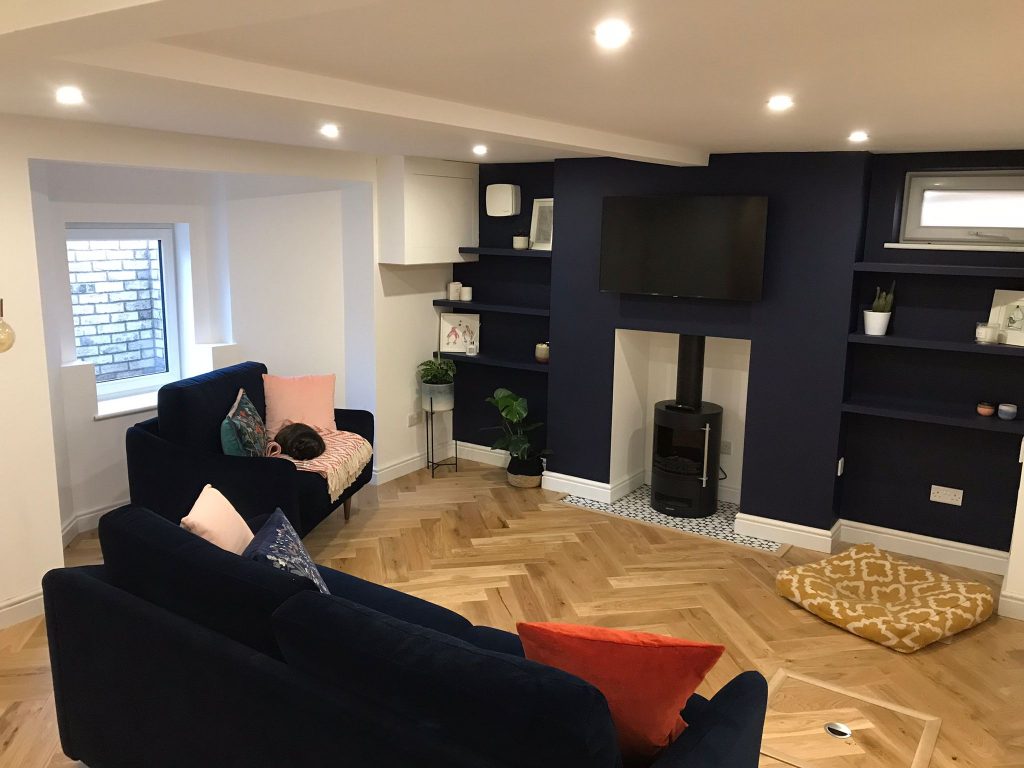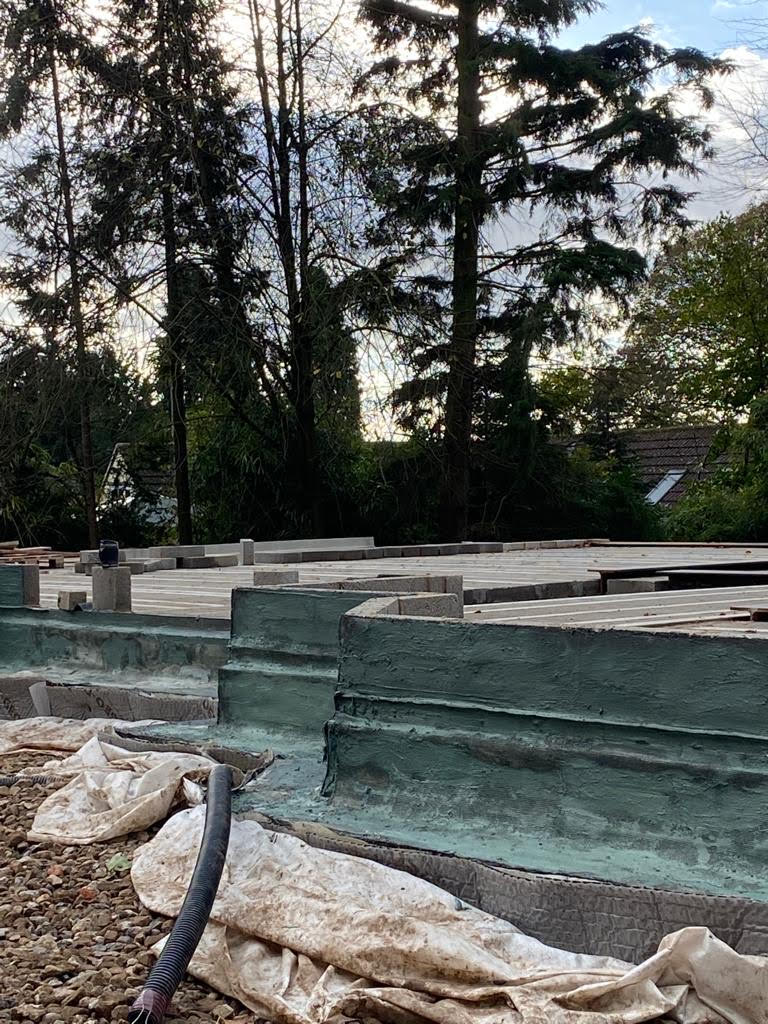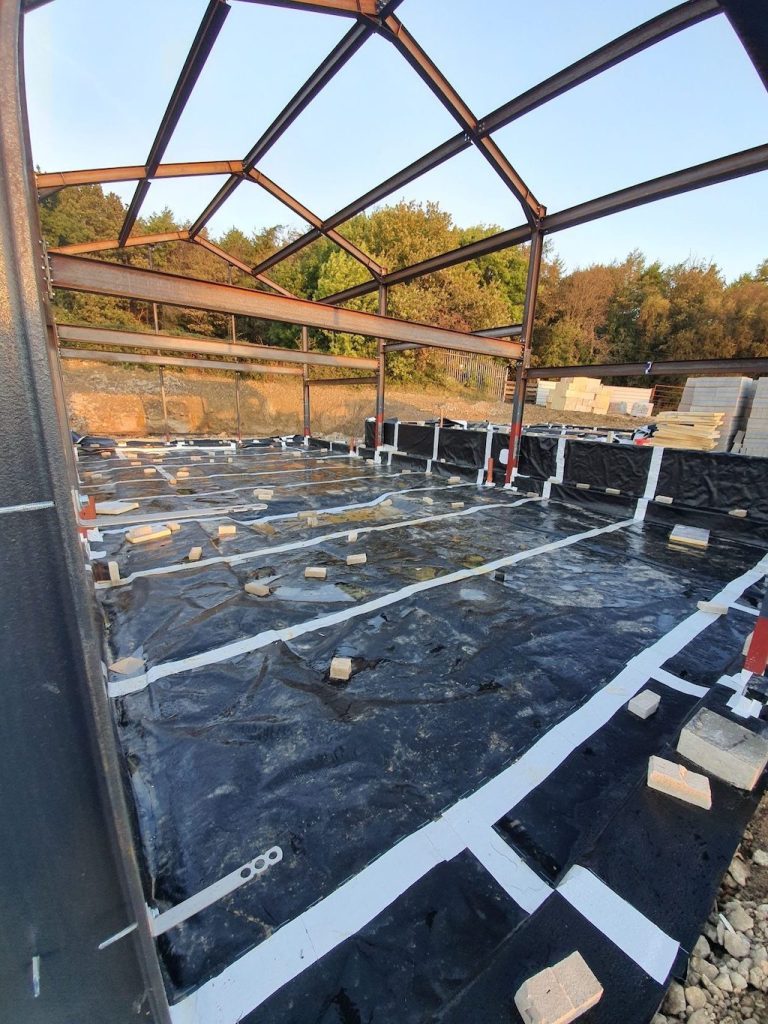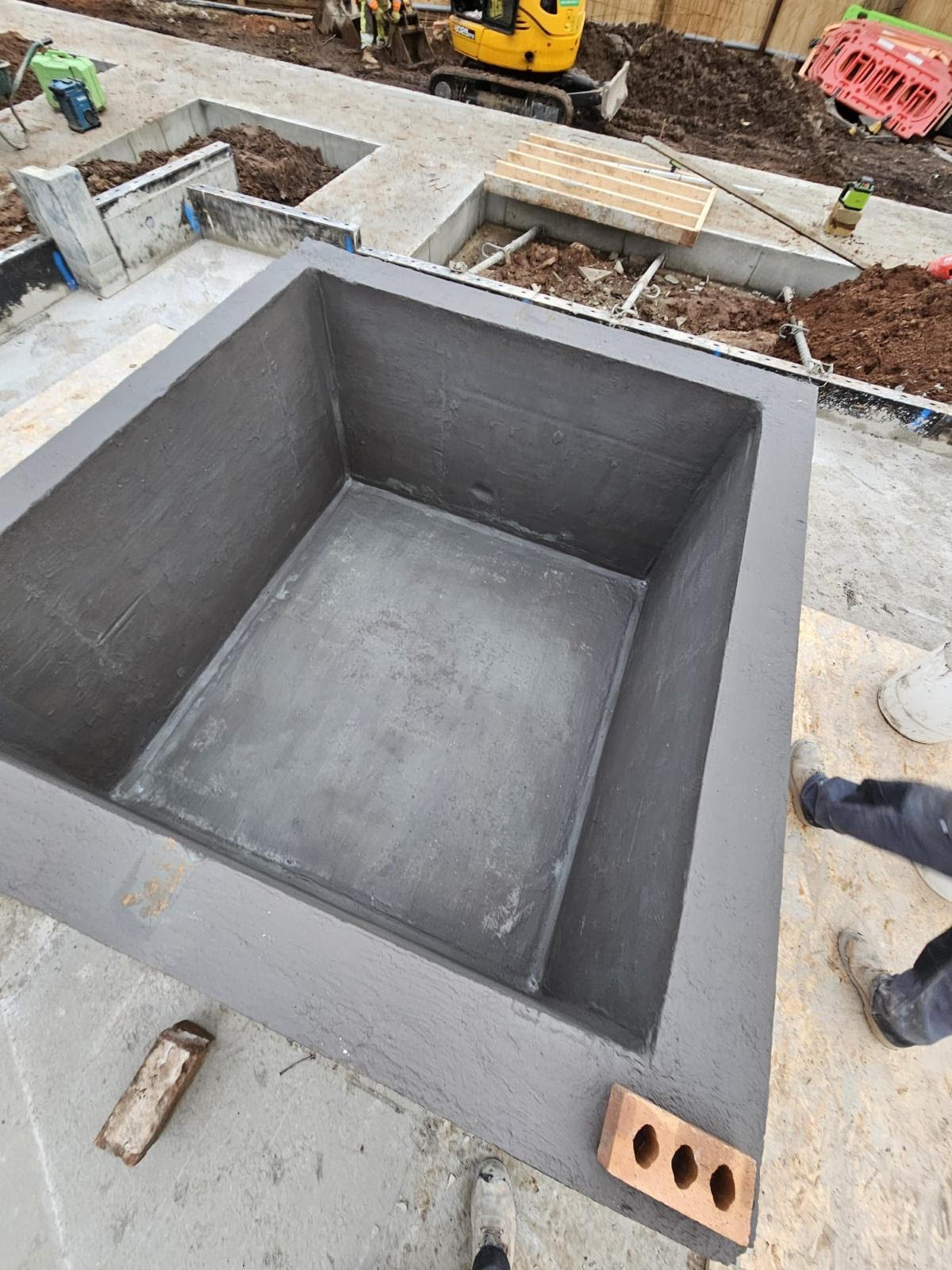Understanding BS8102 (2022) Environmental Grades
BS8102 (2022) outlines four environmental grades, which classify the dryness of a space or its intended dryness level. As a member of the update panel for the 2022 revision, we participated in discussions to revise the previous standard.
Environmental Grades:
Previously, BS8102 included grades 1, 2, and 3. The updated BS8102 (2022) now includes grades 1a, 1b, 2, and 3, explained below.
Removal of Usage Examples:
One significant change in the 2022 revision is the removal of usage examples for different grades. The 2009 version included examples like habitable spaces falling under grade 3, requiring a completely dry environment (no water penetration, no condensation), which was straightforward. Lower grades had examples like basic plant rooms and car parks allowing some seepage, needing local drainage.
The previous approach could lead to potential liability issues, as not all users might accept water ingress in spaces like car parks. Now, the BS8102 (2022) revision requires designers to agree on the environmental grade with the client, preventing reliance on example usages alone.
Grades 1a and 1b:
Grade 1 has been subdivided into:
1a: Allows seepage from internal and external sources, provided it does not affect usage.
1b: No seepage from internal/external sources is allowed, but damp patches are tolerable.
Designing for minimal seepage, yet not enough to cause dampness, poses challenges. Factors like crack dimensions in reinforced concrete and hydraulic gradient (ratio between wall thickness and hydrostatic head depth) influence this. The goal remains to design structures to prevent leaking, with 1b being applicable in environments with damp walls/floors but no liquid water penetration.
Grade 2:
Previously, BS8102 (2009) grade 2 allowed no water penetration but tolerated some dampness, often requiring ventilation. The new grade 2 clarifies that no water penetration from external sources is allowed, whether liquid or capillary moisture. Suitable for spaces like external store rooms and electrical plant rooms, mechanical ventilation may be necessary to control environmental moisture.
Grade 3:
This grade remains unchanged: it requires a completely dry environment with heating and ventilation to prevent environmental moisture issues.
Conclusion:
Understanding these grades helps in practical application. For expert advice or to consult a waterproofing designer, please contact us.







